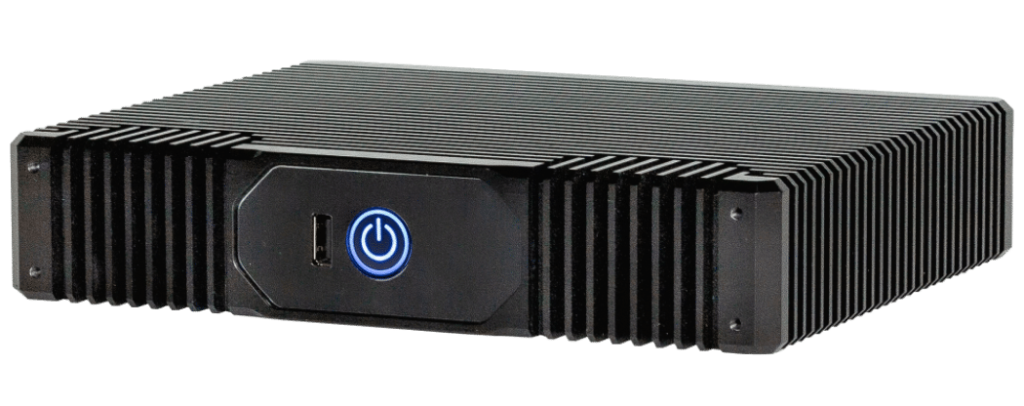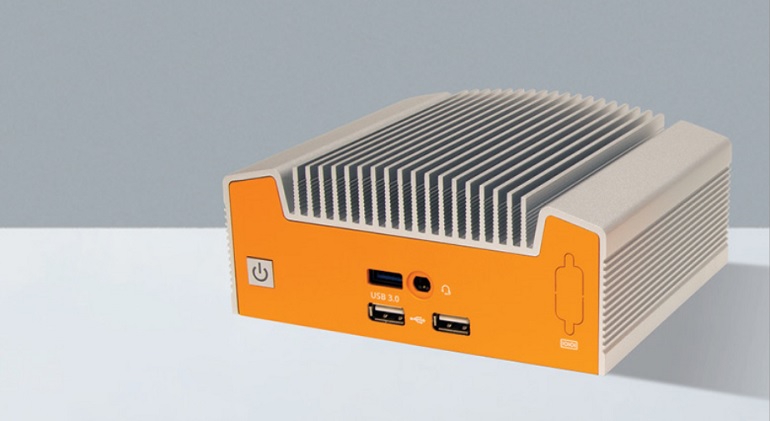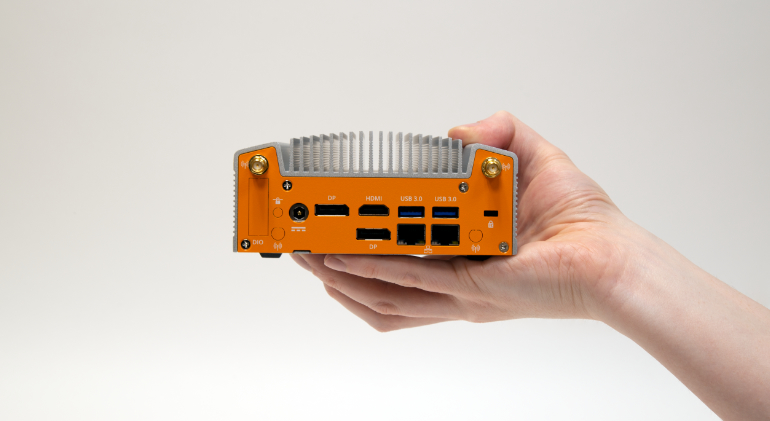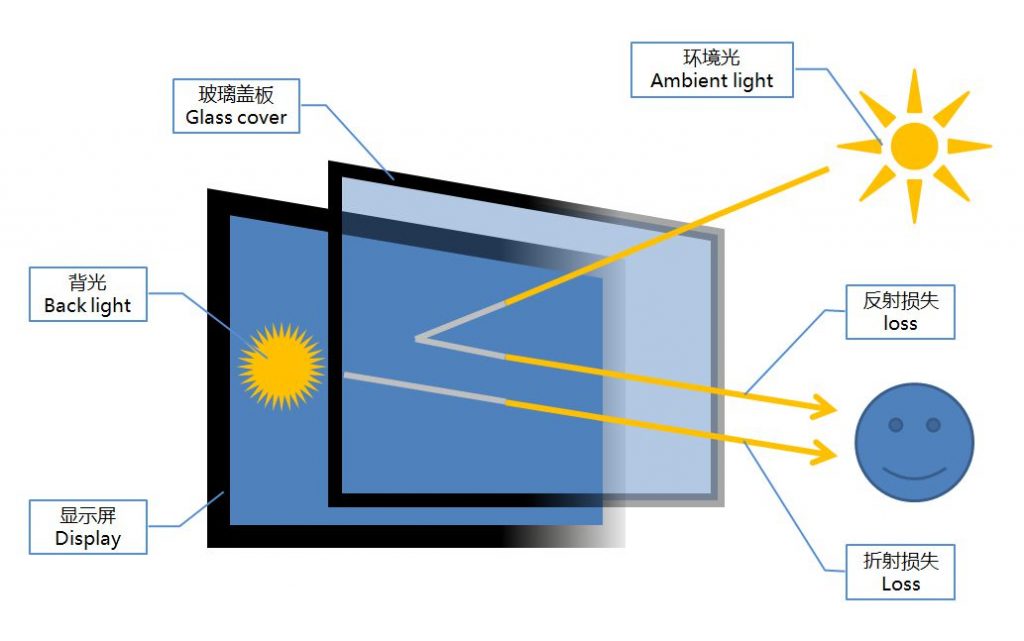
The birth of the Industrial Fanless NUC quickly followed the release of the consumer-focused Intel® Next Unit of Computing (NUC). The NUC packs the performance of a full-sized computer into a compact package. The NUC’s small size and impressive capabilities made it instantly appealing to professional users.
By developing some of the very first Industrial Fanless NUC enclosures. These units were thoughtfully designed with hardshell fanless technology for use outside of a temperature-controlled office environment. Since then, each new generation of NUC motherboards has increased the performance and potential of these compact systems. With those advancements has come even greater flexibility in the way industrial computer users are leveraging these mini-PCs.
A Brief History of the NUC
When Intel chose to leap into the burgeoning small-form-factor PC market in 2012 with its Next Unit of Computing platform, the move made waves. As the market leader in CPU manufacturing, it was surprising to see them take such a big step into distributing full systems.
But Intel’s commitment to their NUC line paid off. In the years that followed, Intel NUC hardware began to crop up in many forms, and other motherboard manufacturers started releasing their own versions.
Small-form-factor systems based on Mini-ITX and Pico-ITX boards were nothing new. But, the NUC offered a unique combination of size and performance that made it ideal for installation in space-constrained environments. In addition, previous generations of mass-produced, proprietary small-form-factor PCs often required customization to best serve a given application. In contrast, NUC offered a fixed I/O configuration that didn’t rely on utilizing onboard pin headers to achieve I/O for industrial applications.
What Makes a Industrial Fanless NUCs Different?

The most obvious departure from a consumer NUC to its industrial counterpart is the enclosure. Consumer NUCs utilize a mix of polycarbonate and plastics. Industrial NUC systems most commonly employ steel or aluminum construction. These materials allow them to better stand up to shock, vibration, or even impacts by machinery or tools.
The standardized form factor and aesthetic of the consumer NUC has become universally recognizable. Industrial NUC systems, on the other hand, frequently offer additional capabilities, like expansion bays for more storage, specialized add-on cards, or industry-specific I/O.
Industrial NUC enclosures look a little different than their consumer counterparts because they employ passive cooling technology. Most include design features such as cooling fins to dissipate heat. With no air being passed through the system, vent openings in the case are eliminated.
One of the most impactful reliability improvements that many industrial NUCs employ is the removal of all moving parts, including the fan and spinning platter drives. The use of mSATA and M.2 drives allow for a range of storage options, without the inherent vulnerabilities of hard disc drives (HDDs).
Engineering Reliability Into the Industrial Fanless NUC
Computer crashes are a frustrating experience for anyone, but the ramifications of unreliable industrial computers can cost a business an incredible amount of time and money. Hardware failures can bring a manufacturing line to a halt, resulting in unusable products, or rendering data inaccurate or inaccessible. A wide range of variables influences the reliability of computer systems. Industrial PC manufacturers have worked hard to eliminate the most common points of failure in order to maximize uptime.
The unique environmental concerns of industrial computer users extend beyond those that can be seen or felt. Devices being installed in and among other equipment must be protected from interference. Industrial Fanless NUCs may utilize double right-angle interfaces at enclosure joints to limit RF and electrostatic discharge (ESD). Anodized aluminum and nickel-plated steel parts, as well as specialized ESD shielding gaskets, further help to prevent interference.
Industrial fanless NUC systems use custom-machined heatsinks or heat pipes to transfer thermal energy from internal components directly into the system chassis. The surrounding air then dissipates the heat. The elimination of ingress points for airborne contaminants helps to keep out dust, grease, chemicals and corrosives. These substances can quickly build up on internal components and lead to overheating or electrical shorting.
Speaking of heat, operating temperature is another key concern in industrial computing. Consumer NUC motherboards all hover around 0°C for their specified low operating temperature, and 40-50°C on the high end. Motherboard manufacturers are beginning to experiment with wider ranges for use in less temperature-controlled environments. These types of extreme temperature applications are becoming increasingly common. Industrial computers are vital as more computing deploys at the edge. In these environments, temperatures can hover around freezing and/or reach well into the triple digits Fahrenheit.
NUC Lifecycle Differences
Industrial computing projects rely on component standardization to ensure consistent product delivery and performance. Many industrial certifications and regulatory tests also require a device to be locked down to a set configuration in order to be approved. However, consumer electronics, especially computer hardware, rarely feature a product lifecycle of longer than a year or two.
While consumer NUC systems offer a one to three-year lifecycle, some industrial NUCs provide a full five-year lifecycle. A longer product lifecycle means that components will be available for future orders or replacements and integrators can more easily standardize on a hardware configuration.
Connectivity Options

The final key difference between consumer and industrial NUCs is one of the first things that consumer computer users notice — the connection options. The connectivity needs of industrial users tend to be very different from those of the average personal computer user.
Legacy infrastructure integration in a machine shop or industrial automation application often requires the use of I/O connection standards commonly seen as antiquated in the consumer space. As an example, it’s not uncommon to find serial ports (COM) or even DVI ports on industrial computers. Digital input/output (DIO) is also a frequent feature in today’s industrial systems, allowing for versatile individualized programming and control.
Golden Margins –
Entire Range of Touchscreen Products


We hope you found these touchscreen or panel PCs fundamentals informative. Goldenmargins offers a broad selection of Industrial Touchscreen Monitors and Touch Panel PCs in various sizes and configurations, including medical touch screens, sunlight-readable touch screens, open-frame touch screens, and waterproof touch panels, as well as other unique touch screen or panel PC designs. You can learn more about our services HERE or by calling us at +86 755 23191996.





